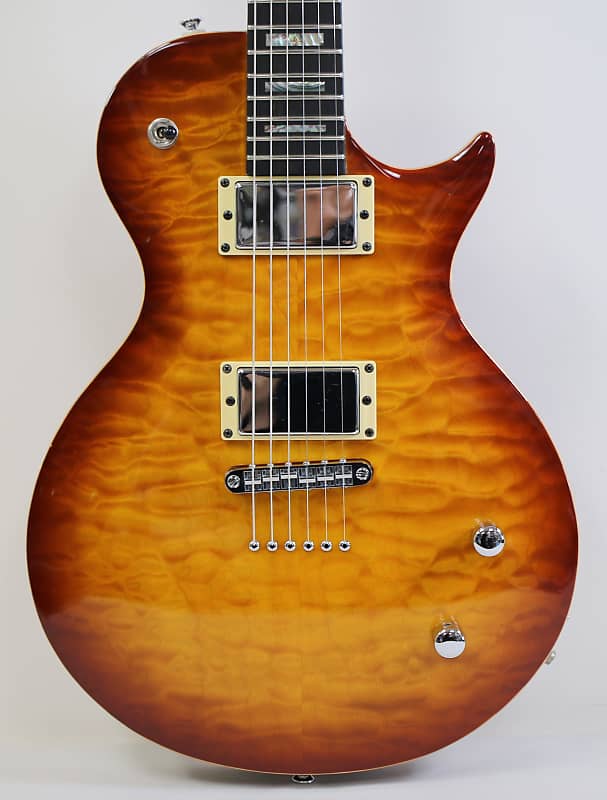After last year’s purchase of a pair of Citation 7.4 (JBL LE14H-1) passive subs, I started to consider them as a possible replacement for the SVS PC12-Plus pair I use now.
But to try these new subs, I would need an amp and processor to replace the BASH plate amps in the SVS subs. I recently picked up a suitable amp, but can’t afford the MiniDSP Flex I’d like to have. In the meantime, I’d been looking for an Ashly XR1001 or another analog electronic crossover that fit my needs and sensibilities, but had been striking out.

I ended up with a Carvin XC3000, used by one owner in his home studio. Unless you dabble in the pro audio world, you may never have heard of Carvin. They were known for their direct-to-consumer mail order business model, “closed” service infrastructure, and, until their 2017 death and rebirth, American manufacturing. They don’t enjoy a great reputation, and it’s hard to pin down how much of that was due to spotty quality, and how was due to shit-talking by salespeople and techs that couldn’t sell or readily service them.

The XC3000 is a 2-way or 3-way 24db/octave stereo crossover. Inputs and outputs are balanced 1/4”, with an XLR option for the inputs. Crossover points can be set for 50-10,000 Hz, and there’s an optional 40 Hz low cut. We’ve got level controls and a phase switch for each output, and the lows are available through a summed mono output.
From the outside, build quality seems excellent. Opening it up, we notice that everything is laid out on a nice fiberglass PCB, and there’s a field of JRC 4558D and TI NE5532P opamps soldered directly in (pretty typical of studio gear of that era). The gold electrolytic and film caps are made by the same manufacturer, but I don’t recognize the logo. Similarly, I’m unfamiliar with the “JP” logo on the potentiometers.



I was skeptical about Carvin, but so far, I can’t find any reason not to be optimistic about performance. I can’t find any negative reviews, and the XC3000 was part of Carvin’s stable for over 20 years. I have been able to nail down a block diagram and parts list, and there’s no surface-mount components, so service shouldn’t be a huge ordeal.


Thoughts on active crossovers (especially those of you who have moved on to DSP)? Thoughts on Carvin? Any criticism or modding advice based on the pics?
But to try these new subs, I would need an amp and processor to replace the BASH plate amps in the SVS subs. I recently picked up a suitable amp, but can’t afford the MiniDSP Flex I’d like to have. In the meantime, I’d been looking for an Ashly XR1001 or another analog electronic crossover that fit my needs and sensibilities, but had been striking out.

I ended up with a Carvin XC3000, used by one owner in his home studio. Unless you dabble in the pro audio world, you may never have heard of Carvin. They were known for their direct-to-consumer mail order business model, “closed” service infrastructure, and, until their 2017 death and rebirth, American manufacturing. They don’t enjoy a great reputation, and it’s hard to pin down how much of that was due to spotty quality, and how was due to shit-talking by salespeople and techs that couldn’t sell or readily service them.

The XC3000 is a 2-way or 3-way 24db/octave stereo crossover. Inputs and outputs are balanced 1/4”, with an XLR option for the inputs. Crossover points can be set for 50-10,000 Hz, and there’s an optional 40 Hz low cut. We’ve got level controls and a phase switch for each output, and the lows are available through a summed mono output.
From the outside, build quality seems excellent. Opening it up, we notice that everything is laid out on a nice fiberglass PCB, and there’s a field of JRC 4558D and TI NE5532P opamps soldered directly in (pretty typical of studio gear of that era). The gold electrolytic and film caps are made by the same manufacturer, but I don’t recognize the logo. Similarly, I’m unfamiliar with the “JP” logo on the potentiometers.



I was skeptical about Carvin, but so far, I can’t find any reason not to be optimistic about performance. I can’t find any negative reviews, and the XC3000 was part of Carvin’s stable for over 20 years. I have been able to nail down a block diagram and parts list, and there’s no surface-mount components, so service shouldn’t be a huge ordeal.


Thoughts on active crossovers (especially those of you who have moved on to DSP)? Thoughts on Carvin? Any criticism or modding advice based on the pics?
Last edited:

